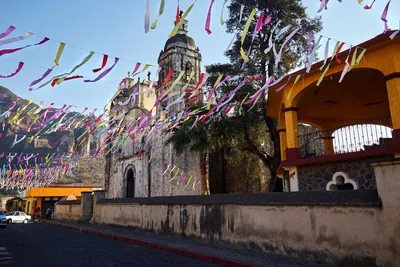
Discover Tepoztlan: Your Passport to the Ultimate Mexican Escape
Discover Tepoztlan: Your Passport to the Ultimate Mexican Escape
If you’re looking for an unforgettable vacation in Mexico, Tepoztlan should be at the top of your list.
This charming town, located just a short drive from Mexico City, is known for its stunning natural beauty, rich cultural heritage, and laid-back vibe.
With a range of activities to suit all tastes, from hiking to sampling local cuisine, Tepoztlan offers the ultimate Mexican getaway experience.
Whether you’re traveling solo, with a partner, or with friends and family, there’s something for everyone in this picturesque paradise.
In this blog post, I’ll tell you why Tepoztlan should be on your travel itinerary for 2023!
Getting to Tepoztlan
This hospitable town of about 14,000 inhabitants is the head of the Morelos municipality of the same name, located in the north of the state, bordering Mexico City.
From Mexico City and Cuernavaca, there are buses that make the direct trip to Tepoztlan.
The proximity of Tepoztlan to Mexico City (83 km away) traveling on the 95D highway makes the Magical Town of Morelos a frequent and preferred destination.
Morelo’s capital, Cuernavaca, is only 27 km away via Mexico 115D and other nearby cities are Toluca and Puebla, 134 km.
Tepoztlan Mexico: History
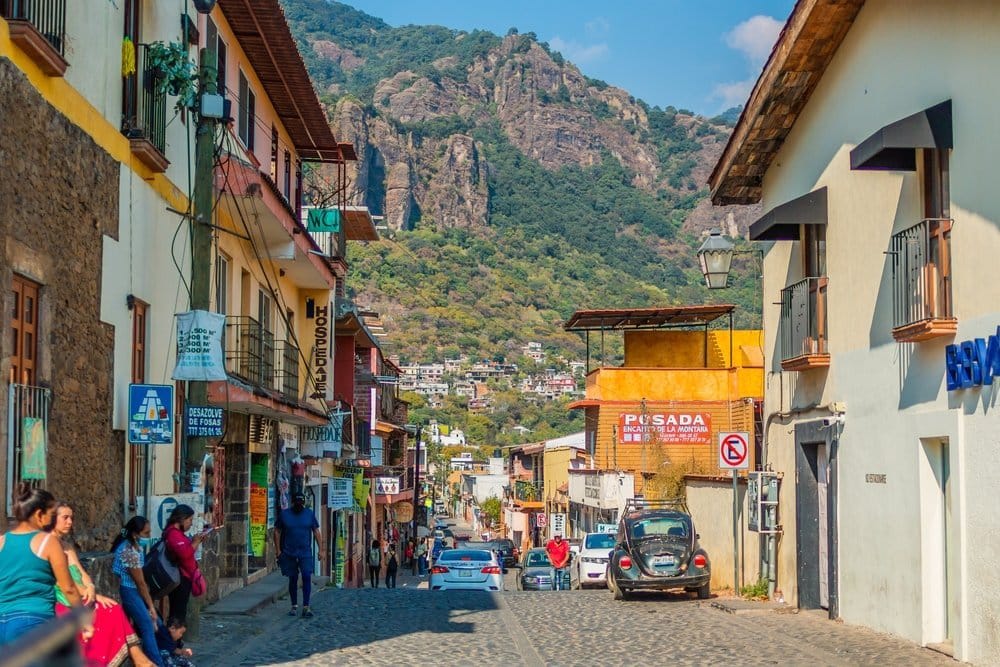
Anthropologists documented a version that Quetzalcoatl, the Feathered Serpent, and the first god of Mesoamerican mythology, was born in Tepoztlan.
True or not, what is certain is that the pre-Hispanic settlement lived an intense ceremonial life that has survived to the present day with the splendid Festival of El Tepozteco.
In 1521, the Spanish forces led by Hernan Cortés arrived in Tepoztlan, burning down the place.
In 2002, the Mexican government’s Ministry of Tourism granted Tepoztlan the category of Pueblo Mágico, mainly because of its pre-Hispanic tangible and intangible cultural and colonial heritage.
The Dominicans built the convent and began evangelization, which could not be imposed entirely in the face of indigenous traditions.
In 1935, President Lázaro Cárdenas offered the highway to Cuernavaca during a visit to the town; a promise fulfilled the following year.
The first movie theater arrived in 1939, the first public telephone in 1956, and electricity in 1958.
Climate
The average temperature in Tepoztlan is about 19° C (67° F). The coldest month is January, which averages 16° C (56° F).
In March, the temperature rises, reaching 22° C in April and then rising to 26° C in May, the hottest month.
Tepoztlan Mexico main attractions
As I mentioned earlier, the main attraction of Tepoztlan is the Tepozteco hill and everything that revolves around it, such as its archaeological site, festival, and legend.
Some buildings in the town stand out for their beauty and history: the former convent of the Nativity, the Church of Our Lady of the Nativity, and the Municipal Palace.
Culture has its private space in the Museum of Pre-Hispanic Art Carlos Pellicer and the Cultural Center Pedro Lopez Elias.
The neighborhoods of Tepoztlan have a vibrant, autonomous life, with the San Miguel neighborhood standing out.
A tradition that you cannot miss in Tepoztlan is the exotic ice cream. Very close to the Magical Town, other communities have charming tourist attractions, particularly Santo Domingo Ocotitlán, Huitzilac, and Tlayacapan.
El Tepozteco Mountain
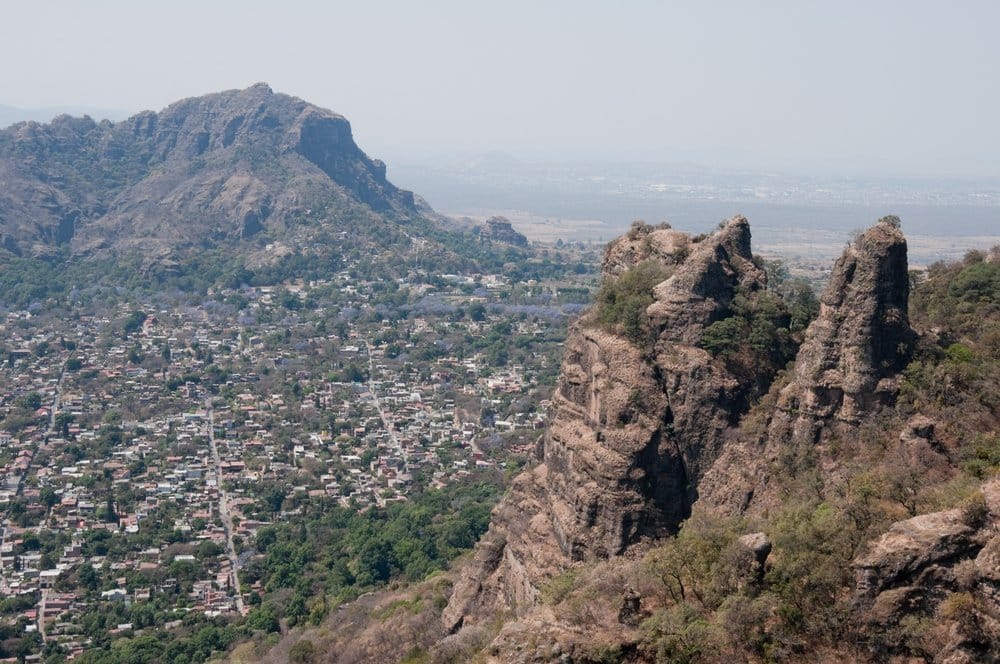
El Tepozteco Cerro or mountain is a Natural Protected Area of 23,000 hectares, located 2,200 meters above sea level, with its summit rising some 600 meters above the Valley of Tepoztlan, Mexico.
The protected area includes both the hill and the surrounding territories, extending through the Morelos municipalities of Tepoztlan and Yautepec de Zaragoza, and even touching a small area of 200 hectares belonging to the Mexican Federal District.
Tepozteco is a refuge for fauna with several endangered species, including the Mexican spotted lizard, a venomous reptile that can reach 90 centimeters in length.
Archaeological site
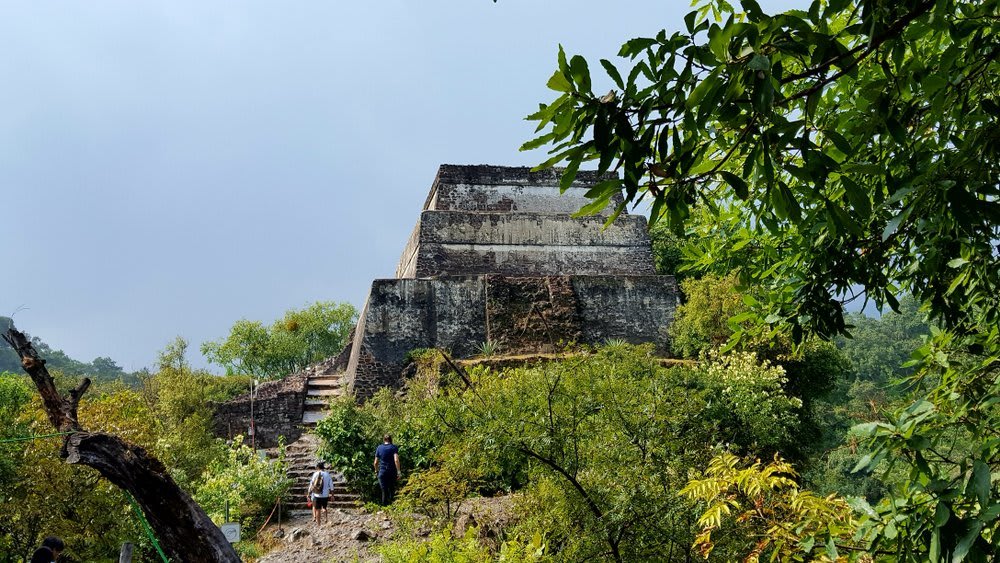
The archaeological site of El Tepozteco was built between 1150 and 1350 A.D. by the Xochimilca Indians, who occupied the area in the 12th century, turning Tepoztlan into the head of a lordship.
It is a worship complex built to honor Ometochtli Tepuztécatl, a god related to pulque, wind, and crops in Mexica mythology.
The pyramid has a great staircase with alfardas.
The main structure is a pyramid 10 meters high, with two rooms, one in front and the other at the back, in which it is supposed that the figure of the god that was the object of veneration was located.
Enjoy the Festival of El Tepozteco in Tepoztlan

The Tepozteco Festival or Tepozteco Challenge is the most memorable celebration of the Magical Town of Tepoztlan Mexico.
The festivity has its peak date on September 8, the Day of the Nativity of the Virgin.
Thousands of tourists visit Tepoztlan for a traditional celebration.
Many are encouraged to make the arduous effort to climb the hill to the pyramid amidst indigenous music, pre-Hispanic dances, and widespread enthusiasm.
For the occasion, the atrium of the Nativity church is adorned, not with the floral arch that is customary in most Mexican towns, but with a mural of corn, broad bean, and other leguminous and cereal seeds.
This celebration arose from the pre-Hispanic indigenous legend of Tepoztécatl.
The legend of Tepoztécatl
An Indian maiden used to bathe in a pool where a spirit that took the form of a little bird mysteriously left the virgin girls who went to enjoy the cool waters pregnant.
The innocent young woman became pregnant too, and gave birth to Tepoztécatl, who the family immediately disowned.
The child was raised by a generous older man who lived near the house of Mazacuatl, a giant snake fed with the aging people.
When it was Tepoztécatl’s adoptive father’s turn to be devoured, the young man took his place and emerged from the serpent’s belly, cutting it inwardly with sharp obsidian stones.
Then Tepoztécatl ran until he reached Tepoztlan, where he took possession of the highest hill.
Admire Tepoztlan’s convent of the Nativity
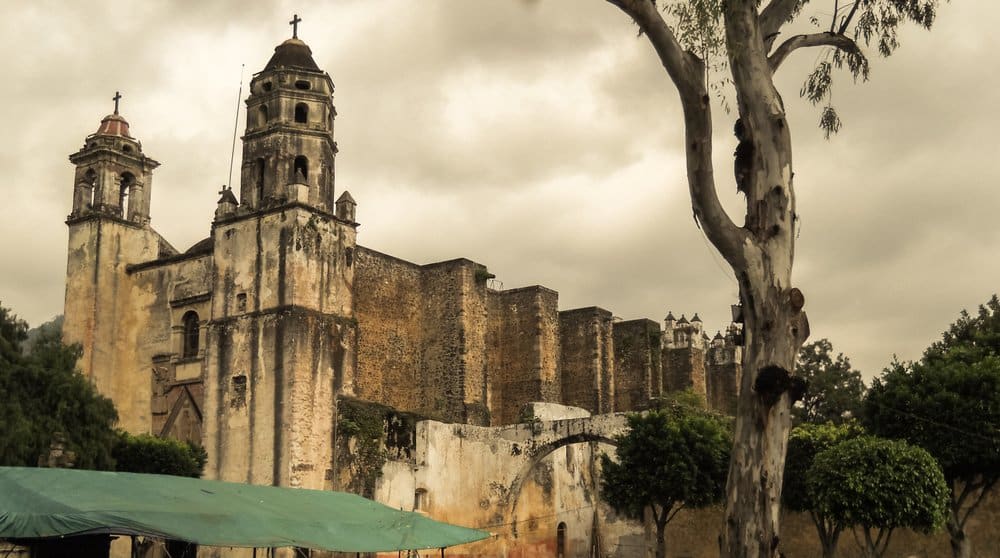
This impressive religious complex was constructed in the middle of the 16th century by the Dominican order, which used indigenous Tepoztec labor.
The masons used local stone, whose carved pieces were placed with the help of mortar and vegetable binders.
Currently, the Museum and Historical Documentation Center of Tepoztlan is located in the convent area.
There is a figure of the Virgin of the Rosary in the main entrance, surrounded by saints and angels.
The image of the dog holding a lit torch in its mouth, one of the main symbols of the Dominicans, can also be seen on the façade of the convent.
Some original frescoes can still be seen inside. In 1994, the former convent of the Nativity was declared a World Heritage Site.
Church of Our Lady of the Nativity
Colonial Mexico provided a practical architectural solution to religious constructions; the so-called posa chapels and the Church of Our Lady of the Nativity are the best examples.
These chapels in the temple’s atrium were used to catechize children and to pose the Blessed Sacrament when the image was not in movement during the processions.
Our Lady of the Nativity is celebrated on September 8 in a feast that mixes the Catholic ceremonial with the pre-Hispanic traditions around El Tepozteco.
The Municipal Palace of Tepoztlan
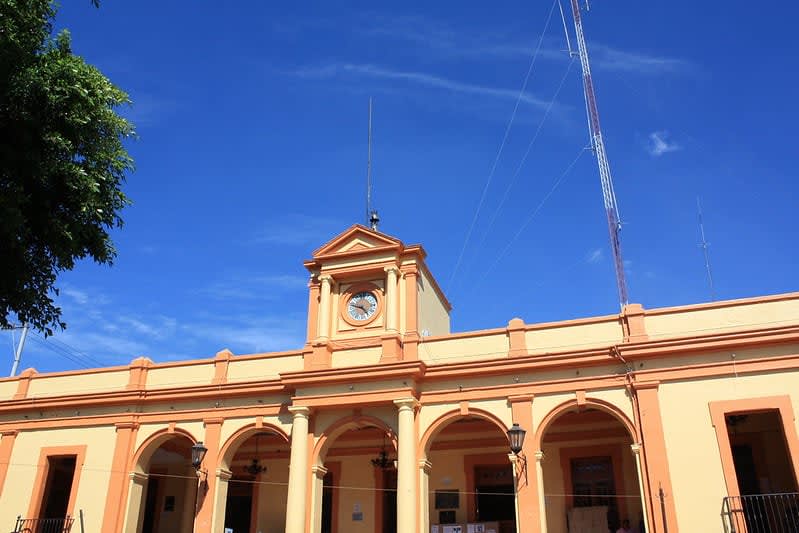
The Tepoztlan City Hall building was built during the Porfiriato period when other relevant works, such as the zócalo, the aqueduct, and the public lighting with oil lamps, were also built.
As it is today, the Municipal Palace was a remodeling of the old colonial city hall.
The building of colonial vaults was changed to another one of neoclassic style with two columns of modest capitals and a small pediment as coronation and the infallible clock of the Porfiriato.
Wrought iron benches shaded by trees surround a simple kiosk in the municipal square.
Visit the Carlos Pellicer Museum of Pre-Hispanic Art
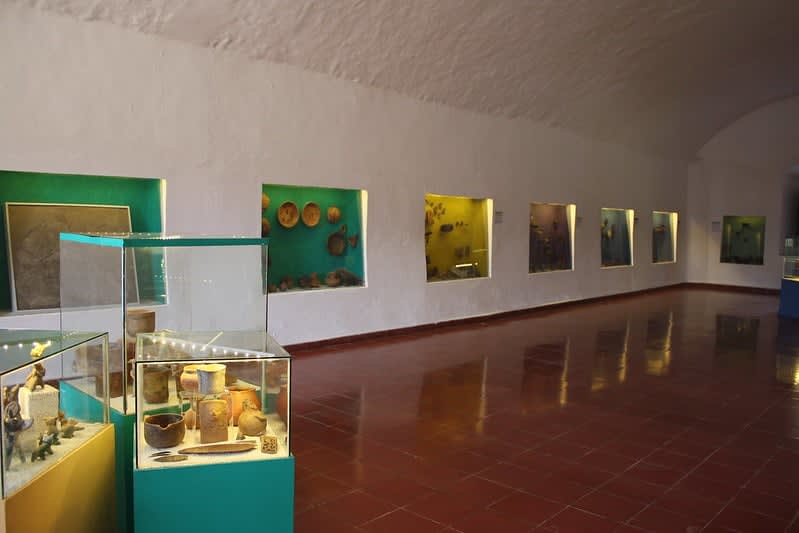
Carlos Pellicer Cámara was a writer, professor, museographer, and politician from Tabasco (1897 -1977).
For many years he shared his various occupations with his passion as a collector of pre-Hispanic art pieces abandoned in places where they didn’t arouse much interest, artistic or cultural.
Once he finished teaching, Pellicer Cámara dedicated himself full-time to his museographic hobby, pioneering this activity in the country.
In the 1960s, the barn of the former convent of La Natividad was rebuilt and fitted out to serve as the Carlos Pellicer Museum of Pre-Hispanic Art.
The exhibition includes valuable pre-Hispanic art objects collected by the illustrious museologist and a fragment of the god Ometochtli Tepuztécatl recovered from the archeological site of El Tepozteco hill.
Events held at the Pedro López Elías Cultural Center
Dr. Lopez Elias is a lawyer from Sinaloa who decided to share his cultural center with the community after gathering a valuable library.
He is also a citizen highly concerned about culture and the environment and decided to open in Tepoztlan a meeting place to enjoy reading, music, theater, cinema, and plastic arts.
The Cultural Center is located at Tecuac 44, on the corner of San Lorenzo, and regularly hosts book presentations, readings, conferences, concerts, films, and other events.
It also offers workshops on dance, musical instrument playing, painting, engraving, creative writing, and crafts with different materials.
What can I do in the San Miguel neighborhood?
San Miguel is a trendy neighborhood with intense commercial activity in Tepoztlan.
This neighborhood hosts special festivities, celebrating the archangel recognized by the Jewish, Christian, and Islamic churches.
In the chapel of San Miguel, you can admire its murals dedicated to the eponymous archangel, the Virgin Mary, the archangels Gabriel and Rafael, and even one of Satan himself when he is defeated and descends to hell.
Apart from their venerated archangel, the other great emblem of the people of San Miguel is the lizard, the animal that protected warriors and ballplayers in the pre-Columbian culture.
In this neighborhood, you will find images of lizards drawn and carved everywhere, and you could buy one as a souvenir.
Other festivals of interest in Tepoztlan Mexico
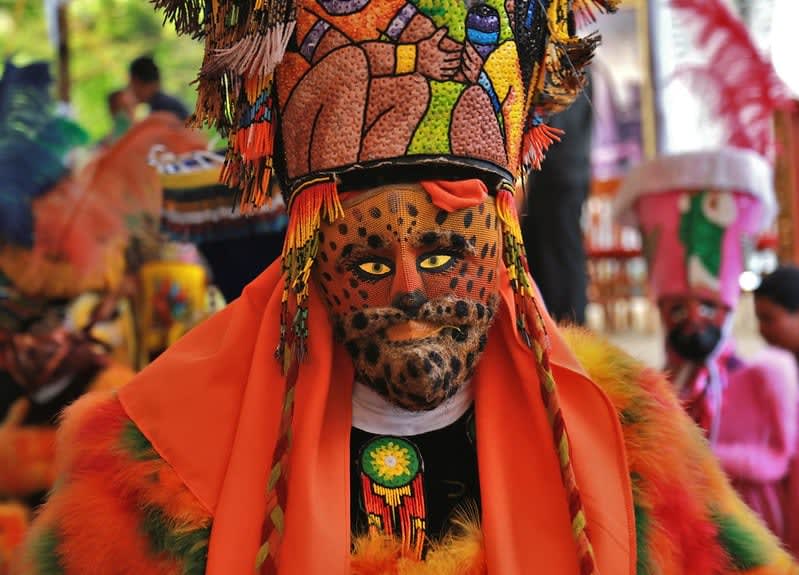
Another very colorful festivity here is the carnival, one of the most visited in Morelos.
The great carnival attraction is the Chinelos dancers, characters dressed in bearded masks and spectacular costumes.
They perform the acrobatic dance to the beat of the music known as the Brincos de Los Chinelos.
A commemoration with a particular charm in Tepoztlan is the Day of the Dead, on November 2. The children “ask for a skull” for the occasion and receive candy and sweets as gifts.
How did the tradition of exotic ice cream come about?
The story goes that a monarch of the lordship of Tepoztlan during pre-Hispanic times introduced into religious celebrations a rich delicacy made with mountain snow, which they mixed with fruits, insects, pulque, and other edible things they had on hand, according to a mysterious procedure.
Faithful to their pre-Columbian tradition, the modern Tepoztecos make snow and ice cream with classic flavors and the most delicious and original exotic combinations.
It wouldn’t make much sense for you to go to Tepoztlan to eat vanilla, chocolate, or strawberry ice cream when you can enjoy a combination of mezcal, tequila, avocado, or other more unusual ingredients.
Outdoor recreations
Tepoztlan has mountains, canyons, and other places where you can practice outdoor sports and entertainment.
The local company e-LTE Camino a la Aventura offers guided tours through the best natural areas of the Magical Town.
It has a mountaineering school to learn climbing, rappelling, canyoning, and other disciplines.
Their tours include the practice of the above specialties and paragliding and hiking.
They also have a store in Tepoztlan where you can buy equipment, implements, and accessories for your favorite sport.
Tepoztlan Mexico: Handicrafts and gastronomy
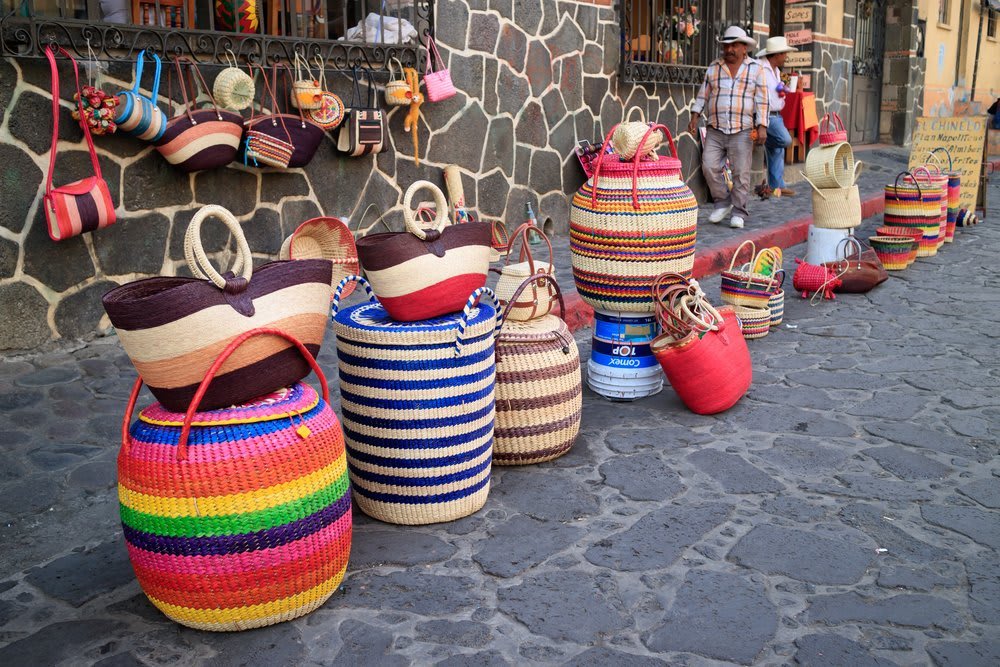
One of Tepoztlan’s culinary art symbols is the green pumpkin pipián or mole verde, with which chicken, pork, and other meats are exquisitely seasoned, like the red turkey mole – Learn more about Mexican mole.
Tepoztecos are fond of “itacates,” triangular corn gorditas stuffed with cheese, and beans, fried in lard, also known as tlacoyos.
Cecina de Yecapixtla (beef jerky), prepared with a particular procedure that originates in Morelos, is another delicacy worth enjoying in Tepoztlan, Mexico.
The artisan tradition of the Magical Town revolves mainly around ceramics, and there are several workshops where tableware, ornamental figures, piggy banks, and other pieces are produced.
Visit Santo Domingo Ocotitlán
Within the municipality of Tepoztlan, only 10 km from the municipal capital, is the cozy town of Santo Domingo Ocotitlán.
This community, also known as Xochitlalpan or “place of flowers,” is characterized by its cold climate and beautiful landscapes, ideal for a stay in intimate contact with nature.
Not so long ago, the town elders told stories of when General Emiliano Zapata was hiding in Santo Domingo Ocotitlán, planning his revolutionary actions.
If you prefer a little adrenaline, you will find Ocotirolesas, a site with eight zip lines and a suspension bridge.
What’s in Huitzilac?
31 km from Tepoztlan is Huitzilac, head of the municipality of the same name, which brings together several attractions for the visitor, including the church of San Juan Bautista and several chapels, the Municipal Palace, and the Lagunas de Zempoala.
The original city hall building was built in 1905 and then destroyed during the Mexican Revolution after being Zapatista barracks, reconstructed in 1928.
Lagunas de Zempoala National Park has several bodies of water, interesting fauna, and facilities for horseback riding, hiking, climbing, rappelling, camping, and other entertainment.
What are the attractions of Tlayacapan?
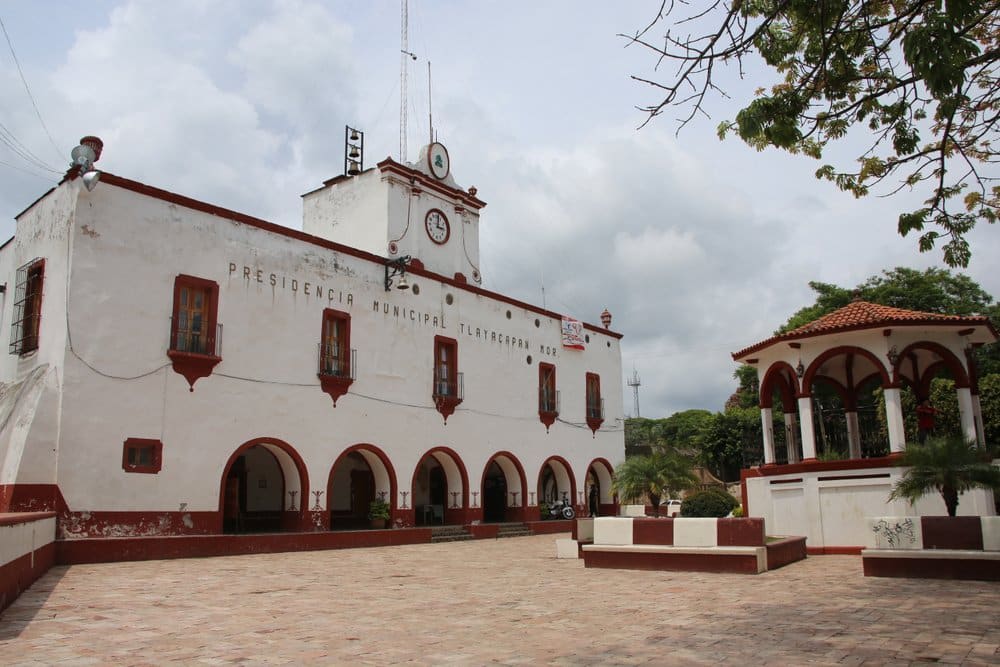
Tlayacapan is 30 km from Tepoztlan, and it’s the second Magical Town of Morelos with a variety of tourist attractions.
The former convent of San Juan Bautista is a majestic colonial construction built by the Augustinian friars, declared a World Heritage Site in 1996.
The religious complex stands out for its architectural lines and the beauty of its fresco paintings.
During the realization of some works in 1982, several mummies of characters buried in the place were found in the central nave, which is exposed in the convent’s museum.
Another attractive building is the Cultural Center La Cerería, an old candle factory.
Which are the best hotels in Tepoztlan Mexico?
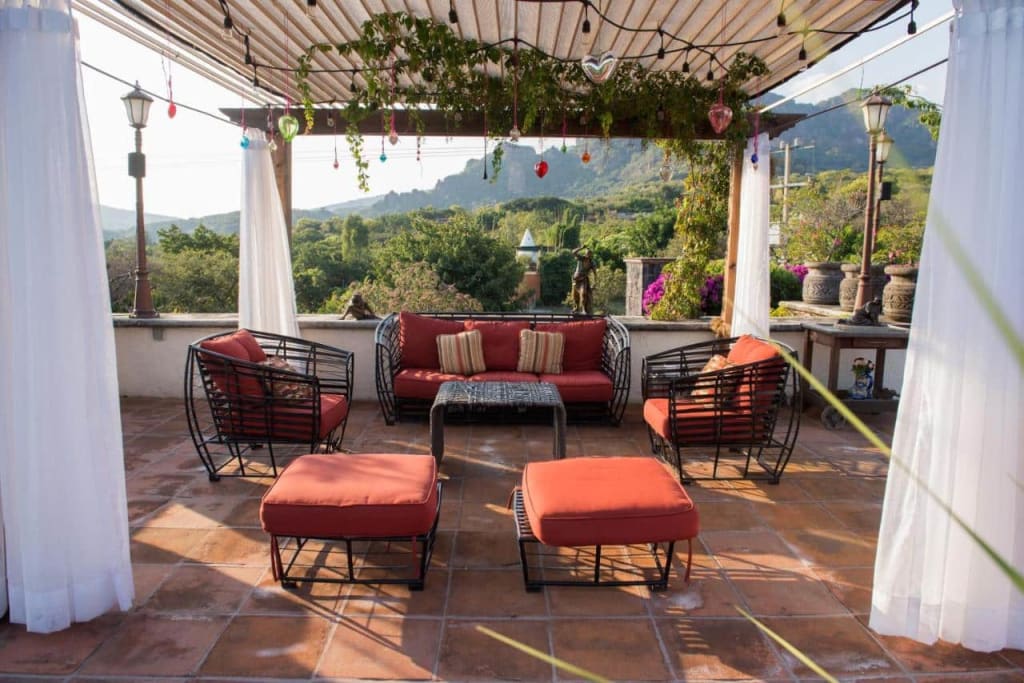
Tepoztlan has a good lodging offer, especially inns, where you can rest peacefully and gather strength to face the challenge of the ascent of Tepozteco.
- Posada del Tepozteco, in Barrio de San Miguel, offers an excellent panoramic view, and its facilities are very well kept
- Casa Isabella Hotel Boutique, on Camino Real 2, is a quiet lodging away from the center of town, with careful attention and a cuisine that is praised for its seasoning
- Casa Fernanda Hotel Boutique, in Barrio San José, is a place with beautiful gardens and a first-class spa
- La Buena Vibra Retreat & Spa (adults only), located at San Lorenzo 7, is a place of great beauty in which the buildings are integrated into nature with total harmony and good taste
There are other good options for lodging in Tepoztlan, among them the Xacallan Boutique Hotel, Hotel de la Luz, Posada Sarita, Sitio Sagrado, and Villas Valle Místico.
Where to eat?
One of the first things to do here is to visit one of the ice cream shops. The most famous is Tepoznieves, on Avenida Tepozteco, with an extensive list of classic and exotic flavors served in generous portions.
El Ciruelo is an excellent restaurant surrounded by green spaces, serving Mexican, Spanish, and Italian food.
Los Colorines serves Mexican and international food with delicious homemade seasoning. You can also go to La Veladora, Las Marionas, Axitla, El Mango and Cacao.
I hope you enjoyed this article. If you’re in Mexico City, take some time off to visit this Pueblo Magico; it is worth it!
Until next time. Vamonos!